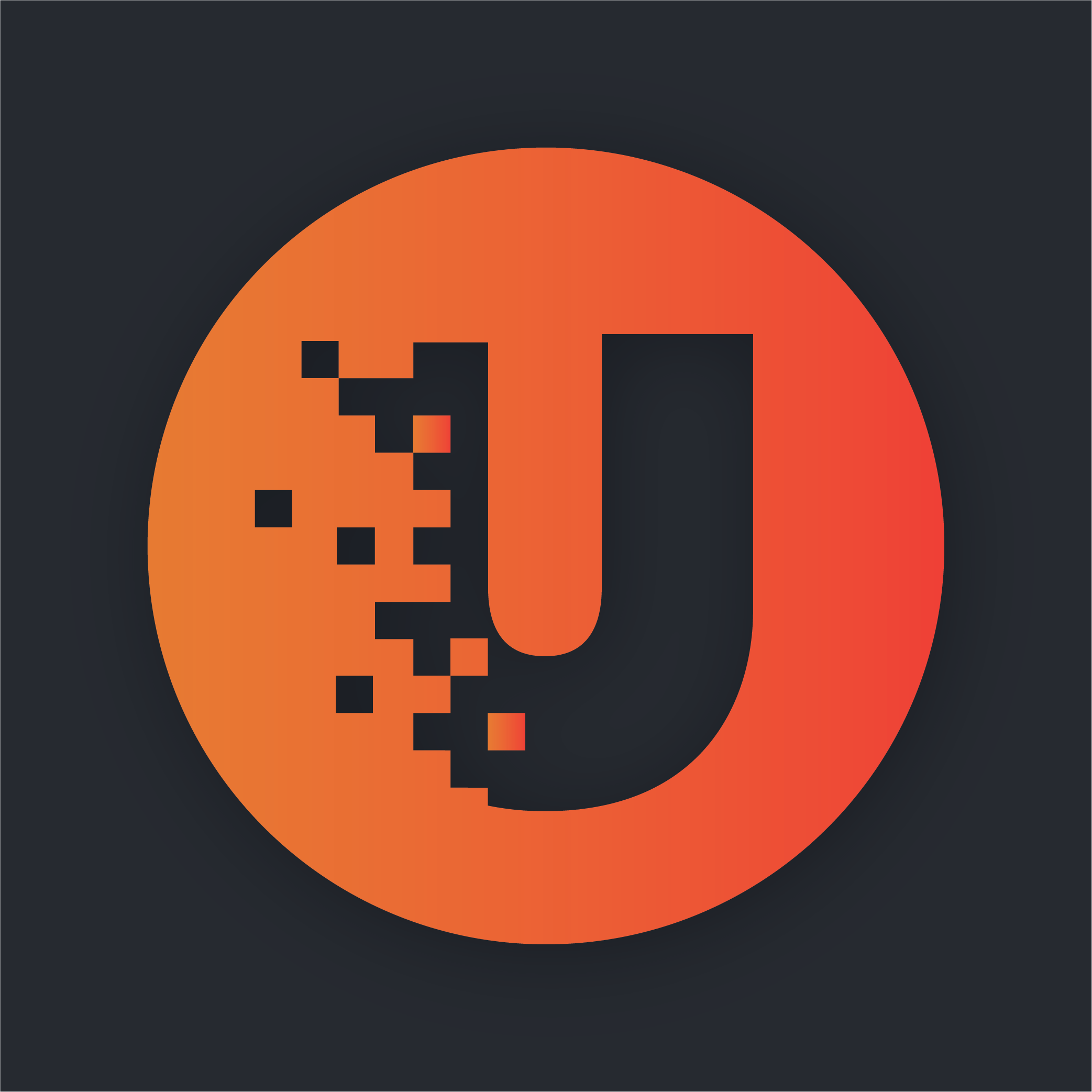
Bitcoin’s 10th anniversary was this year, and on that day, a Silicon Valley-based project called Omni Fund made available the world’s first blockchain platform for “decentralized peer to peer insurance funds,” as revealed via a press release.
Omni takes advantage of smart contracts to mitigate the need for a third-party insurance company. This change ensures lower costs and automates the insurance process. In turn, these savings lead to lower premiums for customers.
Omni: Lowering Premiums
Zack Peng, a co-founder of Omni Fund, claims that traditional insurance premiums are so high because insurance companies spend too much on operations. Those charges are passed onto premiums, forcing customers to pay more.
Last year, for example, the insurance company State Farm reported $42 billion in earned premium, but paid back only $31 billion. According to the press release, this means each customer is paying a $4 premium, but only $3 gets put towards their claims, with the extra money going towards operating funds, such as State Farm’s $16 billion paid towards management and IT. The company “ended up with a $4.2 billion loss before investment gain.”
Running on the Ethereum blockchain, Omni’s smart contracts provide the ability to automate nearly any process with transaction fees of next to nothing. Thanks to Omni’s utilization of smart contracts, not only are customers paying lower premiums, but the technology brings about new risk prevention solutions.
Peng details this process a little more:
“While Bitcoin is banking the unbanked with sound money, Omni Fund is insuring the uninsurable with smart contracts. In the past decade, globalization and technological advancements created a large number of long-tail asset classes and career options. These long-tail verticals have risk-hedging needs just like mainstream verticals, and when put together is a multibillion-dollar opportunity. However, each of these verticals is too small on its own to justify insurance companies’ investment, and thus are left uncovered. Now, people can create their own risk-hedging products using Omni Fund’s tool to protect themselves, even if the vertical only has 1000 people.”
Each risk-hedging group is considered a “community fund” on Omni’s platform, as they are both decentralized and run by members. However, Peng notes that Omni is not an insurance company. The group does not benefit from higher premiums. Instead, they make money off of a “small flat fee for transactions on the smart contract.”
“Insurance companies profit from excess premiums, so they are incentivized to charge as much as possible and deny claims whenever they can,” claims Peng. With the flat fee, “Omni Fund succeeds only if many people use it. That means we’re more incentivized to help each community fund grow.”
Suggested Reading : Learn more about NEO here.
A User-Friendly Approach
Interestingly, Omni Fund is the first-ever decentralized application (dApp) that allows users to spend U.S. dollars, according to the press release. Generally, dApps require that customers convert their fiat currency into the native cryptocurrency for the blockchain on which the dApp is built. Instead, Omni Fund has partnered with U.S. regulated exchanges to offer support for the U.S. dollar. This also prevents the volatility associated with digital assets, ensuring that premiums are consistent across the platform.
Omni Fund provides other user-friendly features. For example, anyone can verify their identity with a simple image of their photo ID. Post-collision claims can be made via smartphone and on-location thanks to GPS, with encrypted footage of the situation stored on Omni Fund’s claim page.
Omni’s first community fund is called the Uber Driver’s Income Replacement Fund. This group provides Uber and Lyft drivers with up to $2,000 in insurance should they suffer an accident and be unable to drive for a period.

Unhashed.com is author of this content, TheBitcoinNews.com is is not responsible for the content of external sites.
Our Social Networks: Facebook Instagram Pinterest Reddit Telegram Twitter Youtube










